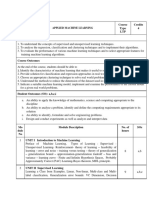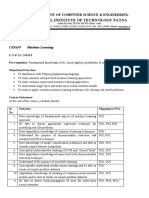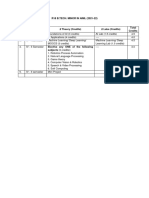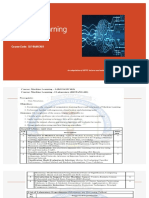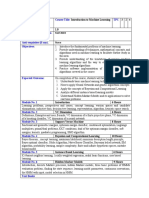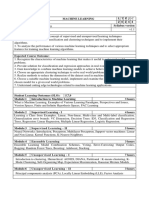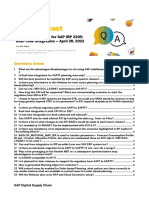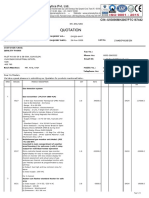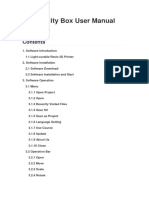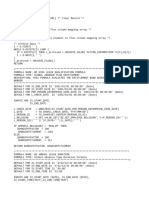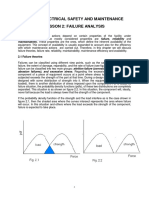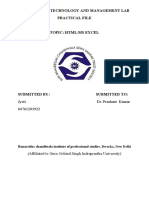0% found this document useful (0 votes)
45 views2 pagesIntroduction To ML
The document outlines a course on Introduction to Machine Learning at Malla Reddy Technical Campus, detailing course objectives, key concepts, and methodologies in machine learning, including supervised and unsupervised learning techniques. It includes a list of practical experiments for students to implement various algorithms and models, alongside recommended textbooks and reference materials. The course aims to equip students with the skills to analyze and apply machine learning algorithms to real-world data.
Uploaded by
prasanth.mrcewCopyright
© © All Rights Reserved
We take content rights seriously. If you suspect this is your content, claim it here.
Available Formats
Download as DOCX, PDF, TXT or read online on Scribd
0% found this document useful (0 votes)
45 views2 pagesIntroduction To ML
The document outlines a course on Introduction to Machine Learning at Malla Reddy Technical Campus, detailing course objectives, key concepts, and methodologies in machine learning, including supervised and unsupervised learning techniques. It includes a list of practical experiments for students to implement various algorithms and models, alongside recommended textbooks and reference materials. The course aims to equip students with the skills to analyze and apply machine learning algorithms to real-world data.
Uploaded by
prasanth.mrcewCopyright
© © All Rights Reserved
We take content rights seriously. If you suspect this is your content, claim it here.
Available Formats
Download as DOCX, PDF, TXT or read online on Scribd
/ 2










